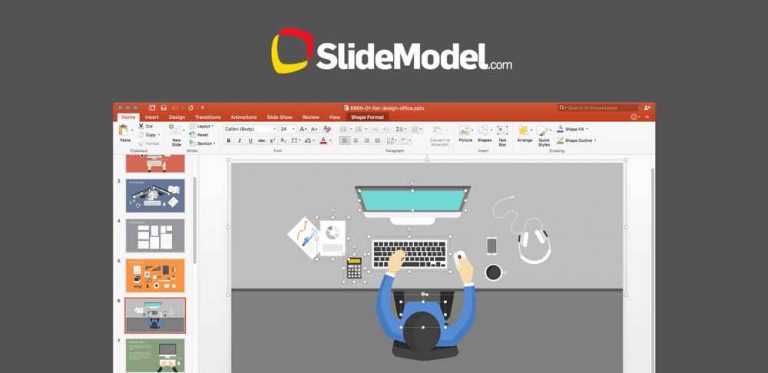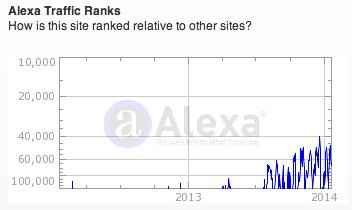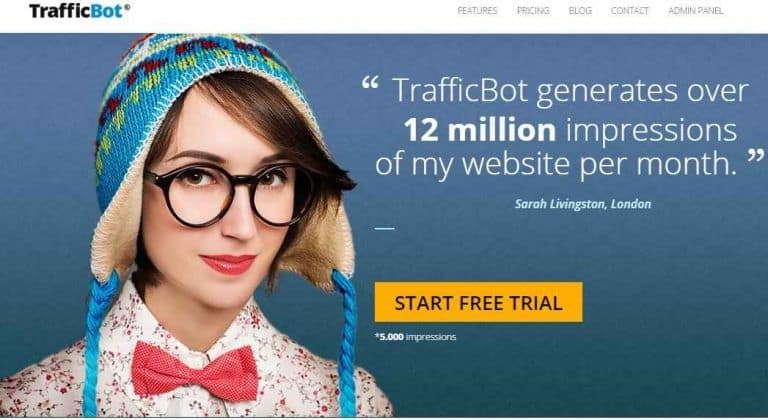Creating an App for a Grocery Store in 7 Steps

Everybody needs and likes having grocery items in stock around their household.
At the same time, almost nobody seems to enjoy venturing out to the grocery store to make the weekly pickup for groceries.
Luckily, in this modern era of information technology, there’s an application for almost everything, and purchasing groceries is certainly no exception.
As of 2021, 85% of U.S. adults own a smartphone. Then, there’s no shortage of access to the technology needed to utilize a grocery app. This coupled with the fact that everyone needs groceries, makes the market for grocery applications quite enormous, indeed. Even further adding to the potential value of a grocery store having its own application, data collected by Mays Business School proves that app. Users spend 37% more money and purchase 33% more often than peers who don’t utilize shopping applications.
Trends in Grocery Delivery Service App. Development
There can be found recurring trends noticeable in all of the major grocery chain’s grocery apps. The most critical feature that necessitates inclusion in a grocery app. Is the grocery shopping list feature. The majority of grocery retailers include an online supermarket accessible within their apps. to showcase a product’s price, discounts, as well as nutritional information for food items.
Another common feature being implemented in current times is the ability to purchase and checkout grocery items and have them delivered or arranged for pickup. It’s important then that the grocery app. you’re developing for your grocery store includes the ability to do the same, to remain competitive.
How to Make an Application for a Grocery Store
Track Grocery Trends:
The first thing to be concerned with before actually developing your grocery app. is to track grocery trends. Your app. for your grocery store must incorporate the latest trends to again, remain competitive with other grocery store applications on the market.
Ask yourself what are the latest trends in grocery applications to ensure your app. has comparable features. For example, a lot of major grocery retailers are presently partnering with food apps like DoorDash to help reach more consumers and to add that additional level of food delivery access.
Other trends to follow involve finding out where users are more likely to access grocery applications for research, purchase, and delivery options at their local supermarkets, and then to provide Geolocated Ads, to provide local promotions to residents in these specific areas. This way, money is wasted targeting areas and populations in which there would be little demand and use of the app. in the first place.
Choose Suitable Model:
Before actual commencement of the development of your grocery app., decide on which development-type model you and your organization wish to use throughout the application’s creation.
One of the oldest development methodologies in use is called Waterfall. This also happens to be one of the more straightforward development models and also the oldest. It’s similar to a waterfall, in that each stage can only begin after the previous one is finished, like a trickle-down effect. The stages included gathering product requirements, the design and subsequent development of the software app., testing for bugs and functionality, and finally, product launch and maintenance.
The Scrum method of Agile methodology is another option. In this development model, feature development should be done regularly and frequently, with a MVP, or minimum viable product, available for testing about every two to four weeks. After each feature is incorporated and implemented, another feature is to be worked upon, until finally, the product is considered feature-complete and ready for market.
The Lean software development model, originally done by Toyota, is another popular software development model. With this particular model, changes are made that require the least amount of effort, with the least amount of budget, and take only 30% of the time planned, to bring the most value.
Another approach is the KanBan Board methodology. This can be used on top of any of the previously mentioned models, although it was originally designed from Lean’s development approach. This model aims to find and achieve perfection in every software feature by concentrating on which feature is currently most important, find out how much effort is being spent on it, and shining a light on whatever room is available for regular improvement.
The last model discussed in this section here is the Function Driven Development, or FDD, model. With this model, the cornerstones of all development are always the features. As additional features are added, new sets of requirements are brought to the table, so to speak.
Research the Target Market and Audience:
Expanding on what was first discussed in the initial step of tracking grocery trends, is the need to research your target market and audience. This is a very important step as there’s no point in wasting investment and marketing dollars on targeting an audience that’s not going to be receptive to your new grocery application. By focusing on an area and population that will be receptive and use your grocery app., many marketing dollars may be saved as you’ll know the money that is put into marketing will not be wasted.
Geolocated Ads, as previously discussed, can ensure these marketing dollars are well spent. Also, specific types of promotions can be made in applicable areas, and knowing which types of promotions to market and to where and when can help ensure efficient use of promotional funds.
Choose the Main Features of Food Delivery Services:
You’re going to want to add a delivery and pickup option to your grocery app. to position your app. competitively among other grocery apps. Implement a calendar to your app. and include various store locations to allow for customer pickup. The customer will be able to select their store location and from here decide on a date and time to pick up their groceries. Gather customer input such as their name, phone number, address, and e-mail to facilitate delivery service through the application. Alternatively or additionally, your grocery app. can be used in conjunction with another service, such as DoorDash, for example, to facilitate order delivery services.
Your grocery app. should include a payment gateway to collect payment directly from your customers. It’s also important to implement and incorporate push notifications to be able to notify customers when their order is ready for pickup or on the way for delivery. Note that your application ought to be updated with the inventory of each applicable store of your grocery chain to prevent customers from paying for out-of-stock items. Some popular grocery retailers have implemented a substitution feature, whereby similar items are suggested as a replacement for out-of-stock items.
Add Your Product List:
Next, you’re going to want to decide on the main features for your grocery app. There are a plethora of features that are available on competitive grocery applications that you’re going to want to heavily consider including in your grocery app.
You’re going to want to include a grocery shopping list, complete with items available and information about said items. Users should be able to search this list, but it’s also a great idea to add a favorites feature, the ability for voice input, and also a barcode scanning feature. Besides these though, other popular features bundled with grocery applications, include the ability to add multiple shopping lists, the option to share the shopping list with others via various methods, a reminders feature which can be helpful and promote continual sales, a cost calculator, recipes, and also consider coupons and loyalty programs for both convenience and revenue sales.
Launch Your Grocery App:
Okay, great now you have a feature-rich, robust grocery app. ready to take this market by storm! However, before the actual launch of your grocery app. check, and then check again for bugs and proper functionality. You want to make doubly sure that by the time you launch your app., that is a refined grocery app. ready for success in the market.
Although it’s fairly common sense, it’s a proven fact that costs are much smaller to identify an issue prior to launch. If the issue isn’t addressed after launch, significantly more costs associated with your project will be incurred. This is simply because additional development and support team time is now going to be required, along with the negative effect of customer frustration. So be sure to exterminate all pesky bugs before launch.
Certain that your grocery app. is both bug-free and feature-rich enough to be ready for launch and competitive among the market of other grocery applications? Good, now go ahead and launch your product. This is the time when marketing and advertising dollars should be put behind your launch to make potential customers aware of your grocery application’s very existence. It’s important too that your application be easy to find, as well, so add a search engine optimized website behind your grocery app. for location on the web, and also be sure to add it to the Google Play store and the Apple Apps Store.
How to Spend Less Money and Time on Your On-Demand Delivery Application?:
Features are excellent and make an application more valuable and inviting, however, be wary of adding features to your app. that may be unnecessary or prove unhelpful. Additional features take time and raise the costs associated with development. You’re going to want a lot of useful features to make your app. stand out and compete, but if the features are hardly worthwhile, consider twice before spending time and money on developing them.
Furthermore, consider open-source development applications and free software libraries that have zero costs associated with them and also can help speed up time during development by allowing you, the developer, to reuse already created code by somebody else, with your application.
For example, there are many coded software snippets for interactive calendars already created by other developers.
Choosing to include one of these modules with your app. will save you and your developers a significant amount of time and money from having to develop your own custom code.
Conclusion
With so many smartphone owners in the U.S., coupled with the fact that we all need groceries, there is a huge market for grocery apps. Be sure to do your due diligence and research your potential market, choose the right development model for your app., decide on the pertinent features you wish to include, spend the appropriate time performing software testing, and spend the right amount of marketing and advertising dollars for your newly created grocery app., and you’re sure to enjoy much success with your product launch.




